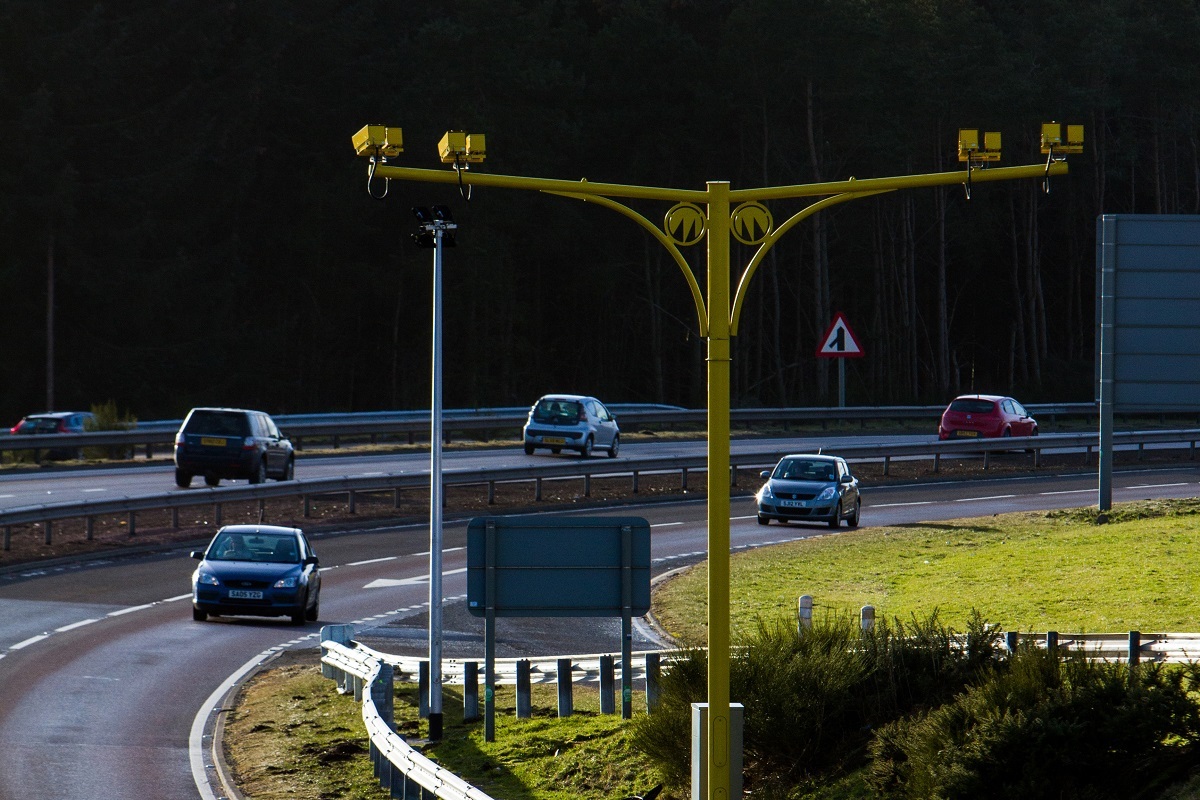
THE number of people killed in collisions on the A9 between Dunblane and Inverness has almost halved since the introduction of average speed cameras, official figures show.
Latest statistics show there were 14 fatalities on the route between Dunblane and Inverness between November 2014 and October 2017, compared with 24 between 2011 and 2013.
However, the number of collisions which caused the deaths reduced by just four, from 17 to 13.
The latest publication marks the conclusion of a three-year reporting period allowing for a detailed comparison with the 2011 to 2013 baseline period.
Transport Minister Humza Yousaf said: “Behind every statistic lies a tragic story and one of devastation for the families of those involved.
“We should never lose sight of that and we will never be complacent when it comes to road safety.
“My thoughts are first and foremost with those who have lost loved ones or been seriously injured in road accidents.
“However I also have to pay tribute to the work of the A9 Safety Group and recognise that the speed cameras – which were initially heavily criticised in some quarters – have undoubtedly made the A9 safer.
“The work of the group will of course continue and with work on the A9 dualling programme progressing I am confident the route will continue to be a safer place.”
Between 2011 and 2013 there were 60 people seriously injured and 268 slightly injured in 168 crashes.
There were 198 people slightly injured and 44 people seriously injured in 135 collisions according to the 2014 to 2017 figures.
As well as introducing average speed cameras, the route has been put under a trial 50 mph limit for lorries on single carriageways between Perth and Inverness.
Stuart Wilson, A9 Safety Group chairman, said: “Now that we are in possession of three years of comprehensive data we can paint a more detailed picture of the improvements we’ve seen as a direct result of the speed cameras, various campaigns, and HGV pilot.
“In addition to the most important point that fatalities and serious injuries have dropped by a significant margin, figures on speeding, journey time, incidents and traffic volumes continue to show a long-term sustained change in driver behavior, which is extremely encouraging.”
Figures are split between two stretches of the A9 – Dunblane to Perth and Perth to Inverness.
The latter part of the route remains the most accident prone, but has seen an overall drop of 30% in those injured or killed.
Between 2011 and 2013 there were 22 fatalities, 49 people seriously injured and 190 slightly injured.
This is compared with the 2014 to 2017 data, which shows there were 13 killed in collisions, 35 seriously injured and 132 slightly injured.

Enjoy the convenience of having The Sunday Post delivered as a digital ePaper straight to your smartphone, tablet or computer.
Subscribe for only £5.49 a month and enjoy all the benefits of the printed paper as a digital replica.
Subscribe